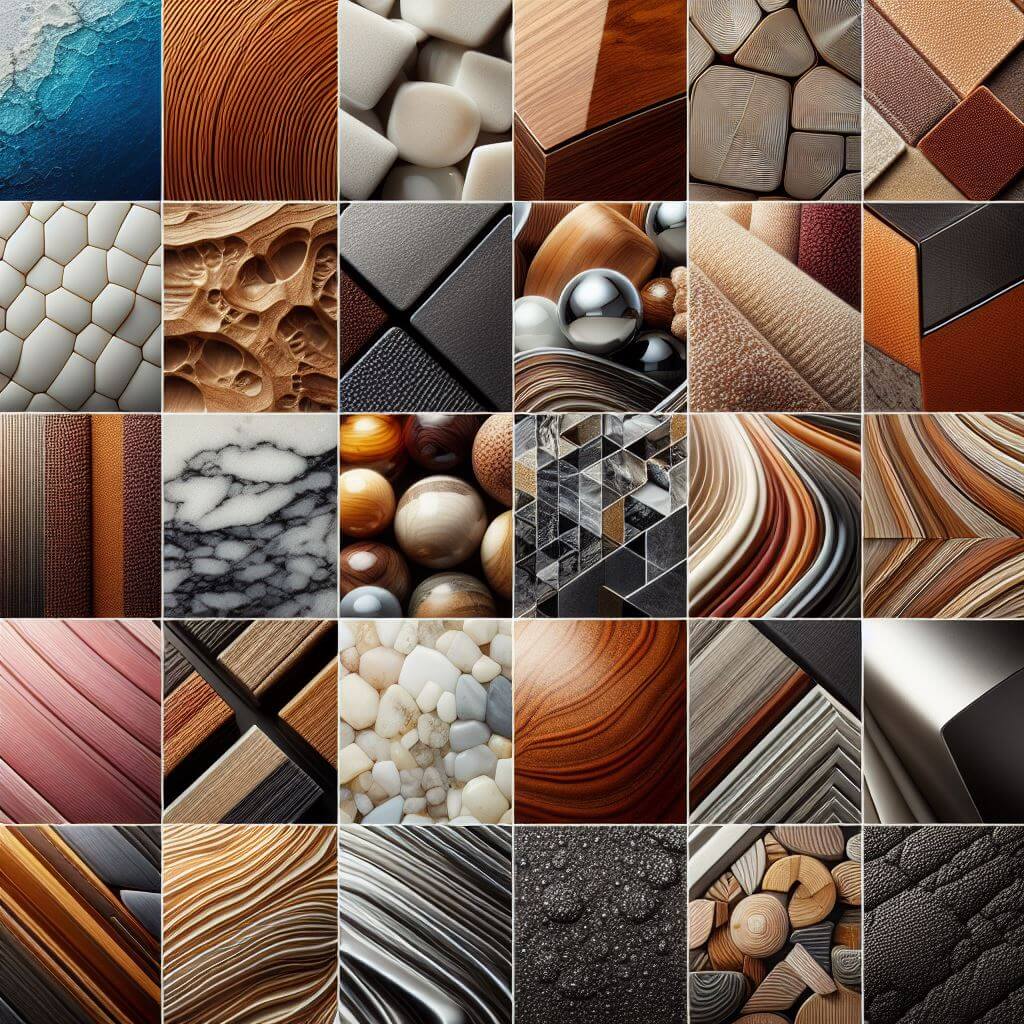Researchers at the Tokyo Institute of Technology have developed a machine learning (ML) model that improves accurate and fast calculations of the basic electronic characteristics of surfaces made of double and triple oxides. This innovative ML approach can also be adapted for various other materials and their characteristics. Their work, detailed in the Journal of the American Chemical Society, offers promising support for research into the surface properties of materials and the invention of high-performance materials.
 The creation of new materials with improved characteristics requires a detailed study of their atomic and electronic configurations. Key measurements of electron energy, such as ionization potential (IP) and electron affinity (EA), play a crucial role in understanding the electronic band architecture of semiconductors, insulators, and dielectric surfaces. IP stands for the energy required to remove an electron from the highest energy band, while EA is the energy gained when the electron joins the lowest energy band. Correct determination of IP and EA for these non-metallic materials may indicate their suitability for the role of active surfaces and interfaces in light-sensitive devices and optoelectronic machines.
The creation of new materials with improved characteristics requires a detailed study of their atomic and electronic configurations. Key measurements of electron energy, such as ionization potential (IP) and electron affinity (EA), play a crucial role in understanding the electronic band architecture of semiconductors, insulators, and dielectric surfaces. IP stands for the energy required to remove an electron from the highest energy band, while EA is the energy gained when the electron joins the lowest energy band. Correct determination of IP and EA for these non-metallic materials may indicate their suitability for the role of active surfaces and interfaces in light-sensitive devices and optoelectronic machines.
IP and EA are highly dependent on the structural configuration of the surfaces, which creates an additional level of complexity for their evaluation. Traditionally, IP and EA calculations have relied on accurate first-principles calculations that evaluate bulk and surface systems separately but are time-consuming. This has created a bottleneck in IP and EA estimation for a wide range of surfaces, requiring faster computational methods.
To tackle these issues directly, a team led by Professor Fumiyasu Oba of Tokyo Tech harnessed the potential of ML. Professor Oba notes: “ML has recently become a focal point in the study of materials science. It offers a highly efficient way to discover new materials by virtual screening them using ML technologies. In addition, training large data sets with precise theoretical calculations allows reliable prediction of important surface characteristics and their practical effects.”
The team used an artificial neural network to build a regression model that uses smooth overlap of atom positions (SOAP) as input. This model skillfully predicts the IP and EA of binary oxide surfaces based on bulk crystal structure and surface treatment data. Importantly, this predictive ML model is capable of “transfer learning,” meaning it can adapt to incorporate new data and apply it to subsequent scenarios. With SOAP’s learnable innovation, the researchers were able to account for the effects of a variety of cations and extend their method to predict IP and EA for ternary oxides using transfer learning. Professor Oba emphasizes: “Our methodology is not limited to just evaluating the surface characteristics of oxides; it can be extended to investigate other materials and their properties as well.”
